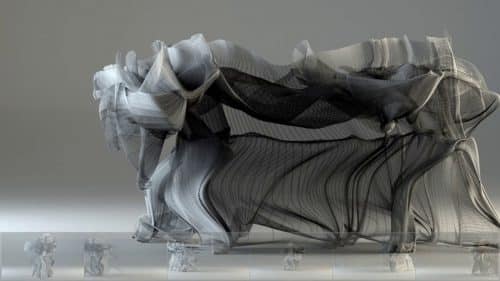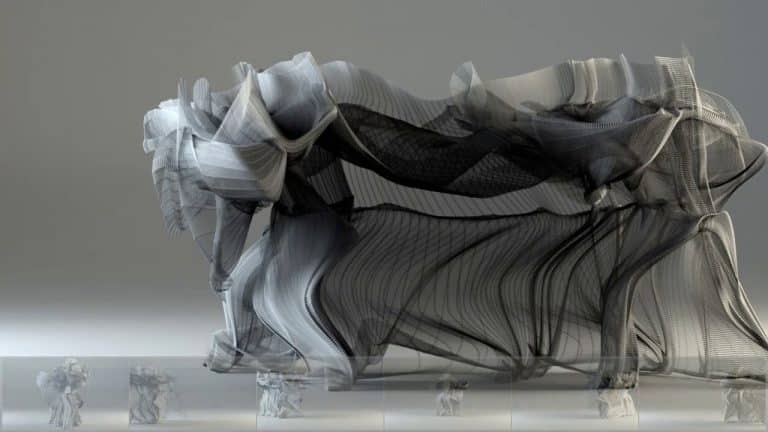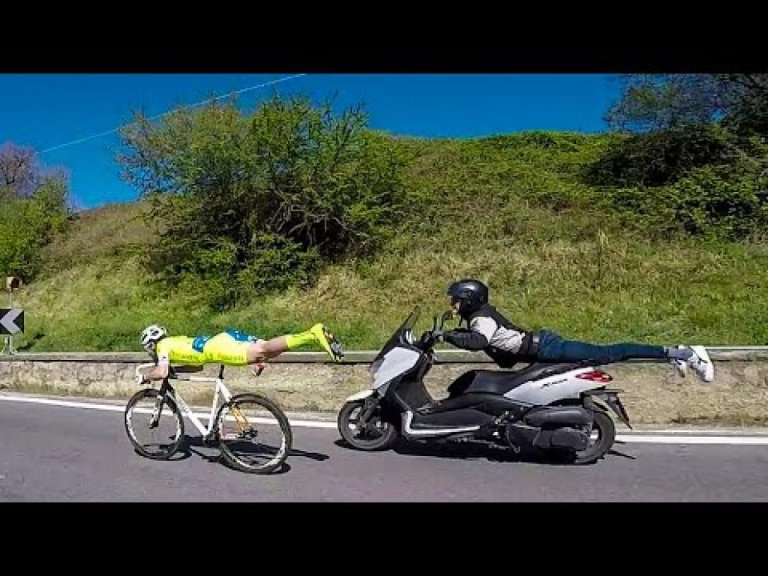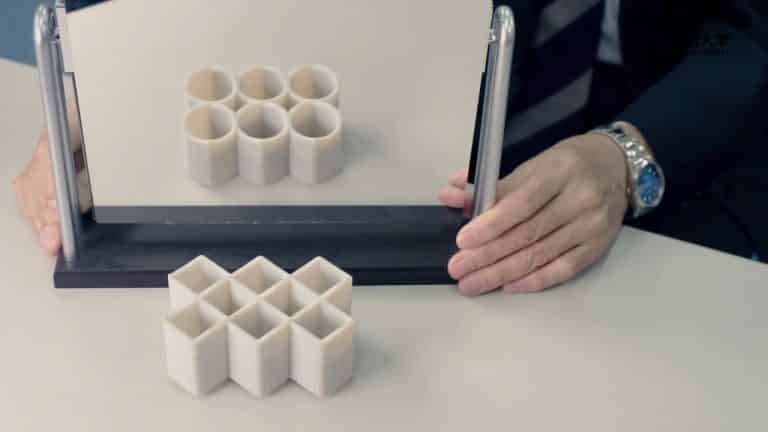You can actually see sound waves as they travel through the air thanks to a clever photographic trick.
Transcript:
I’m going to show you the sound of a clap, and I don’t mean some digital depiction of a clap. I mean that when this man’s hands come together, you’re going to see something that is normally invisible. You’re going to see the actual sound wave leaving his hands and traveling outward at 761 miles per hour — the speed of sound!
And here it is again. How is this possible? Well, I’ll start the explanation not with sound but with the heat from a lighter. There’s a puff of butane, sparks fly, and the fuel ignites. But that shape billowing up from the flame isn’t smoke — That’s normal air that has been expanded by heat. We’re able to see the density change thanks to a technique called Schlieren Flow Visualization. Here’s how it works.
You start with a light shining through a single slit. If you reflect that light of a parabolic mirror, all the rays become parallel. Then you can use another parabolic mirror to refocus the light down to a single focal point and then in through the lens of a camera to take a picture. Now here’s the trick — you place some sort of barrier right at the focal point.
Now you add something that will distort the air — like a candle. The candle will block light rays making a silhouette, and the flame will make light. But rising heat will change the density of the air above the lighter, and that will bend the light rays. The bent light ray won’t pass through the focal point. Instead, the barrier will block it, and the picture will be darker.
This technique can be used to see anything that distorts the air. The heat from a hair straightener, for example. Even the heat is coming off a human hand. Epidemiologists used to study sneezes and coughs. Engineers use it to study aerodynamic flow. And sound? Well — that’s just another change in air density—a traveling compression wave. So Schlieren Visualization, along with a high-speed camera, can be used to see it as well. Here’s a book landing on a table. The end of a towel being snapped. A firecracker. An AK-47. And, of course, a clap.











